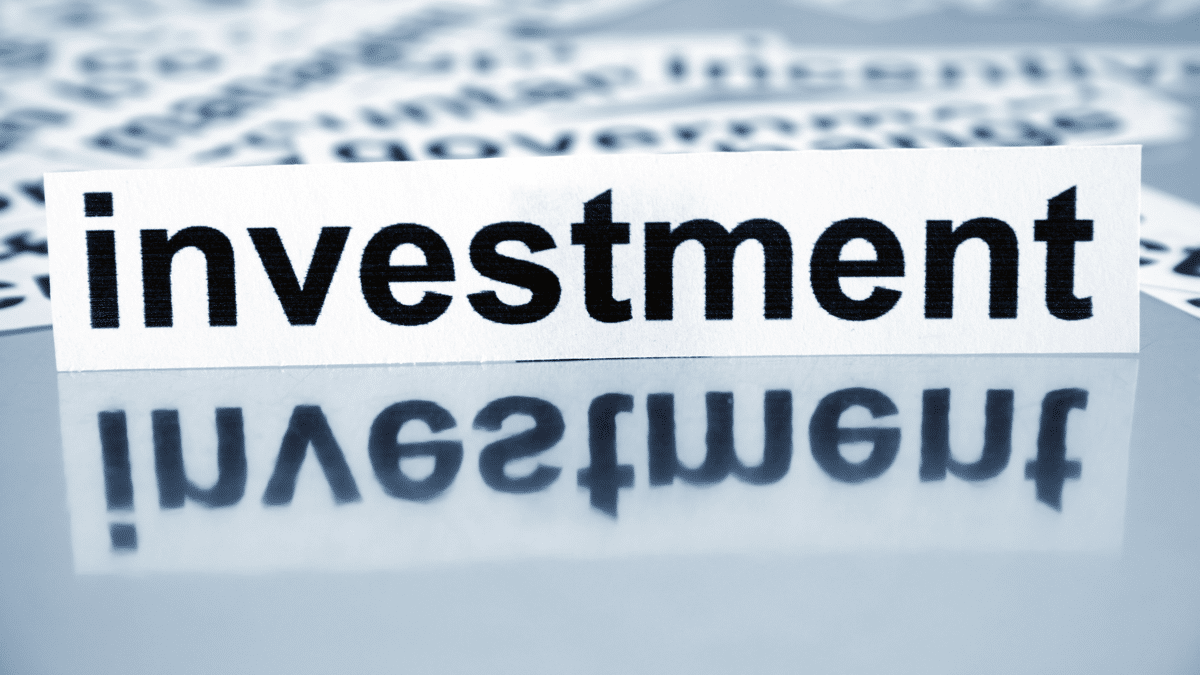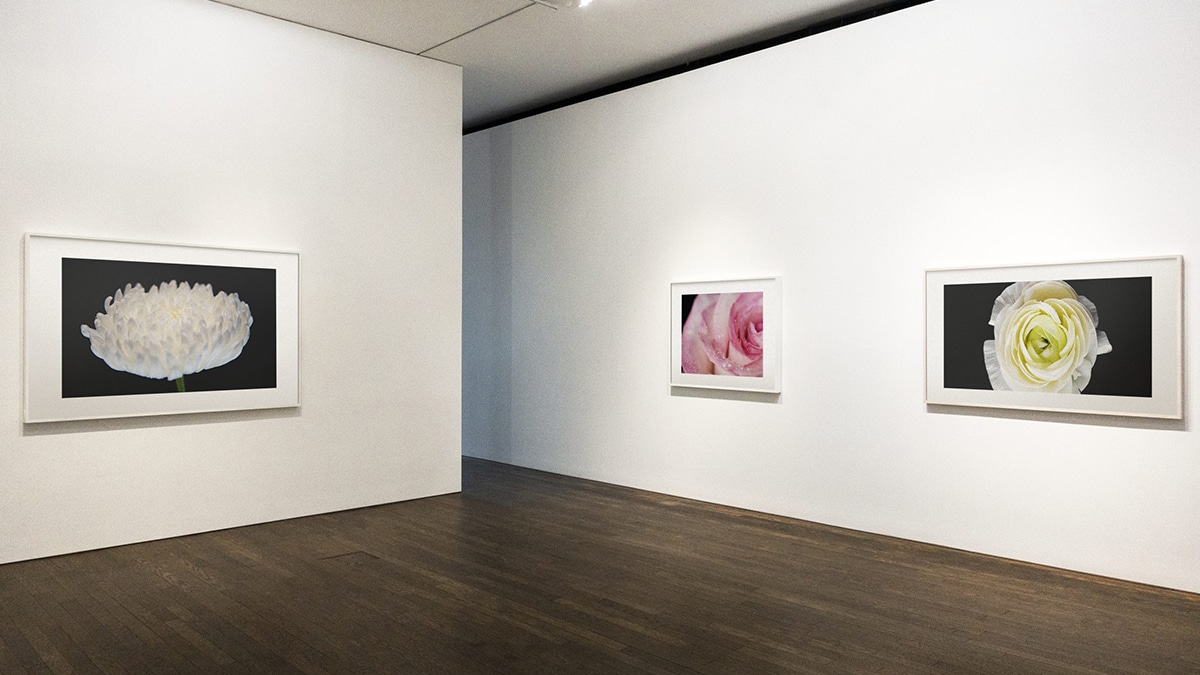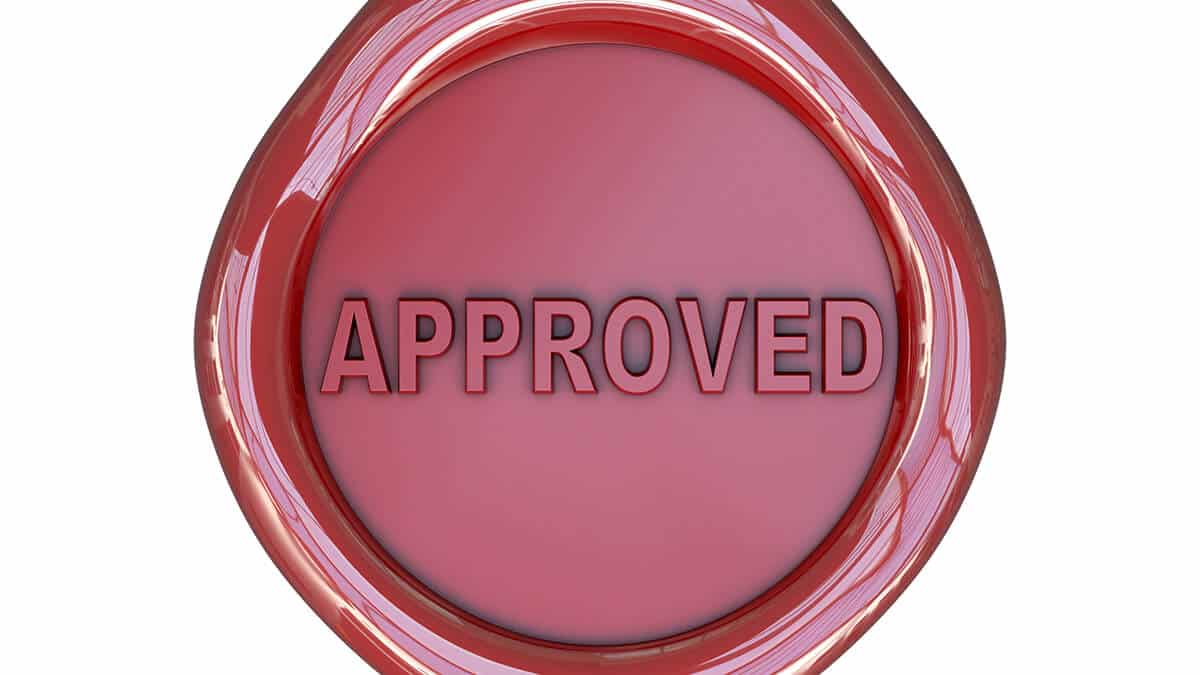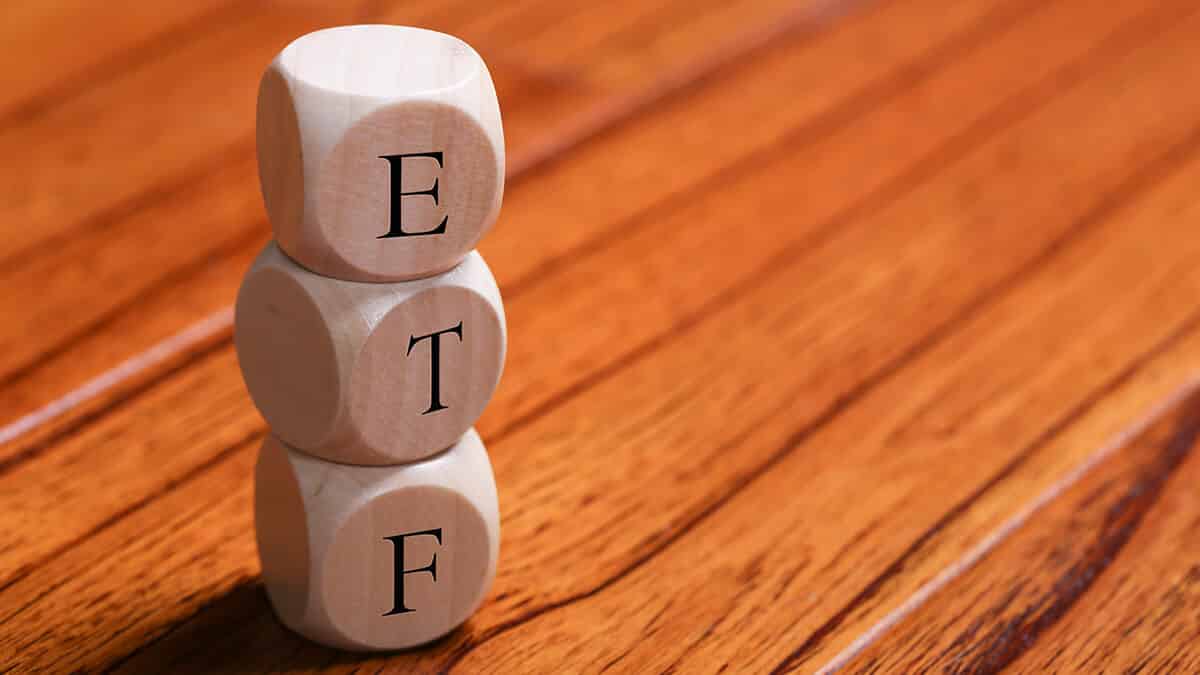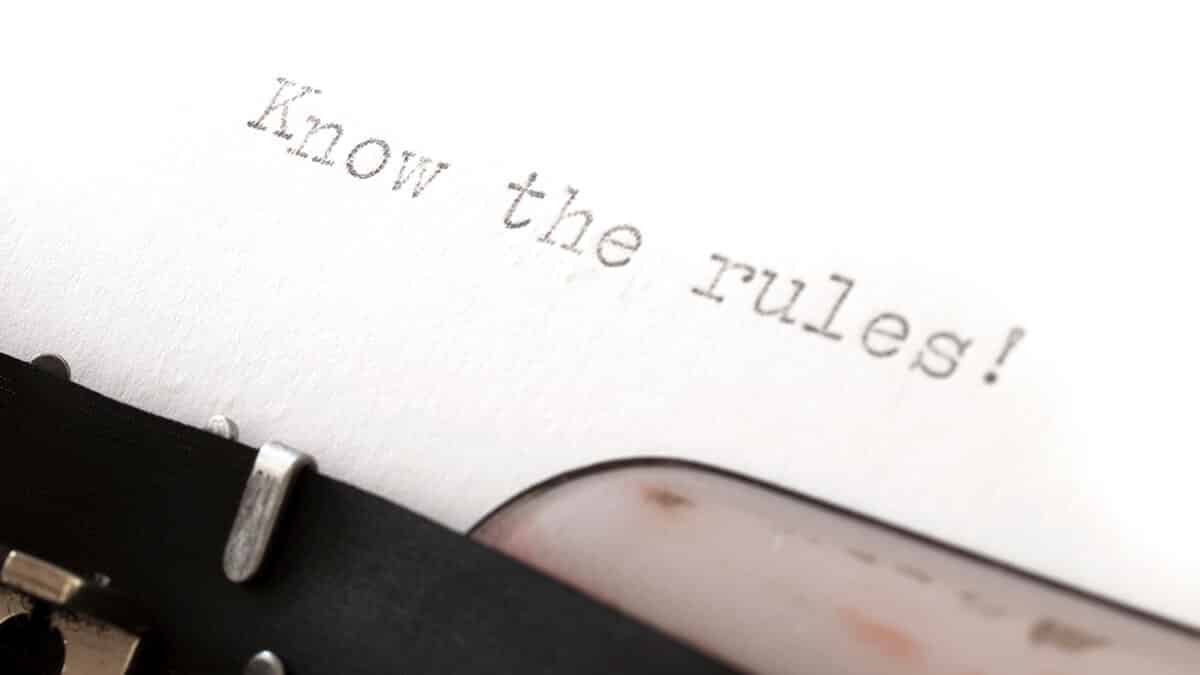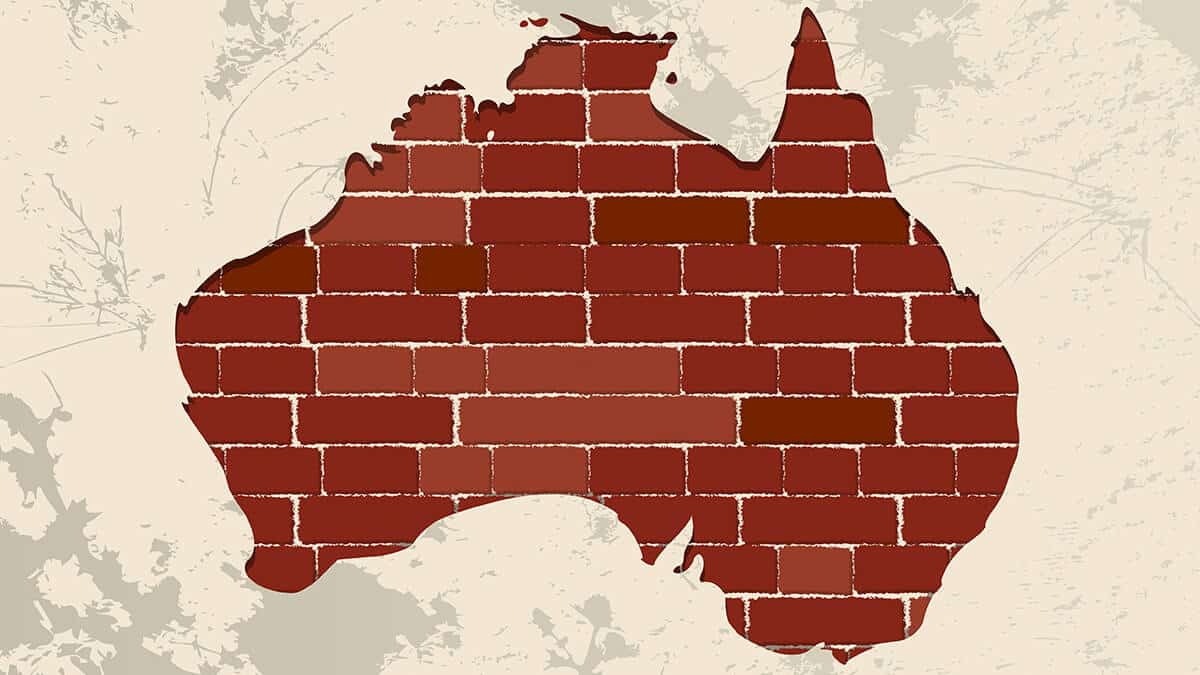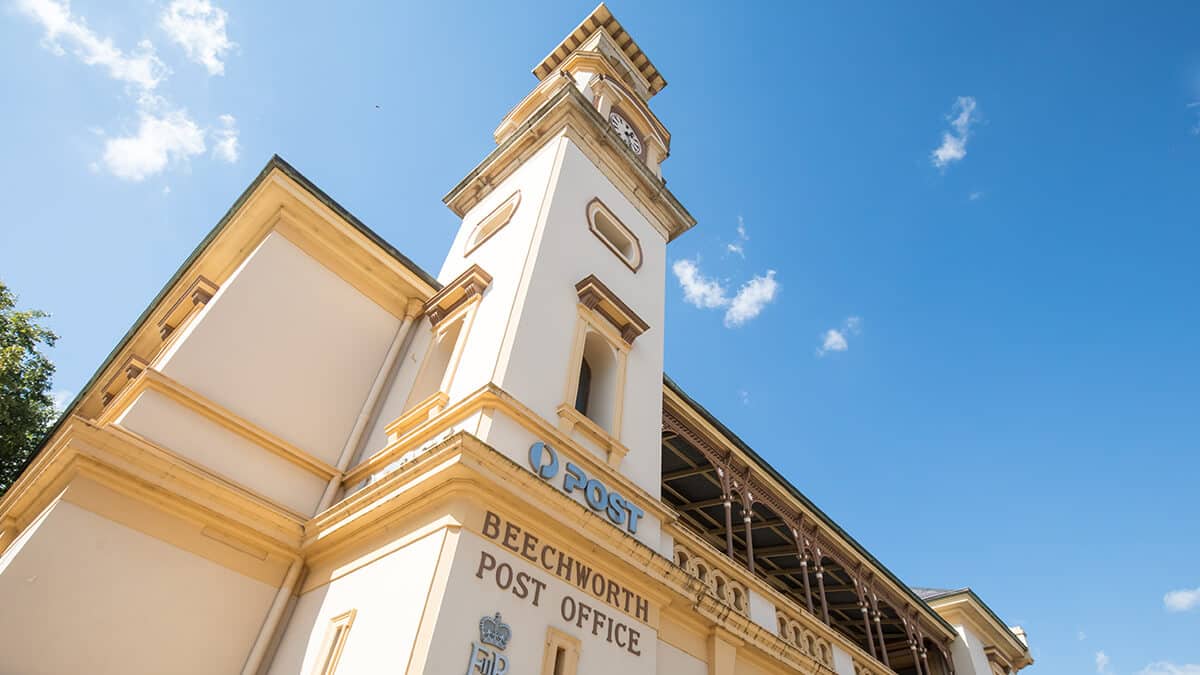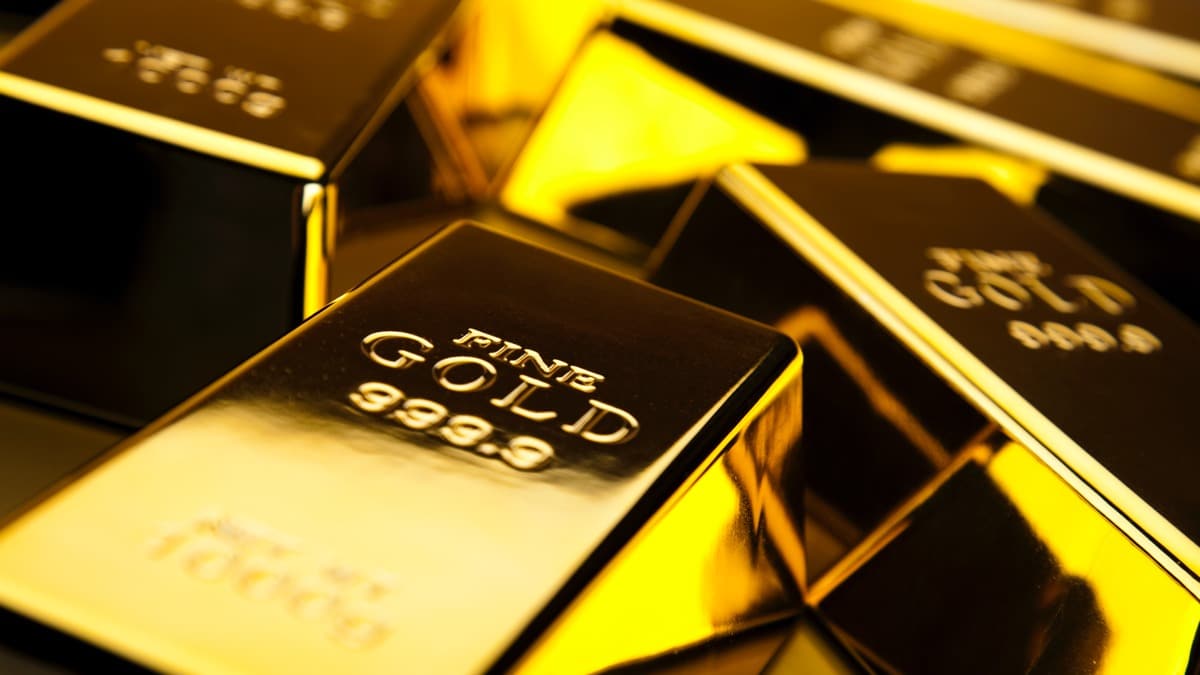In this guide
It may sound like an alien abduction, but ‘in specie’ transfers have a more down-to-earth meaning in superannuation parlance.
Self-managed super fund (SMSF) trustees are no doubt familiar with the process of making contributions to their super account. However, you may be less familiar with the process of transferring an asset such as property or shares in or out of your fund without any money changing hands.
In specie transfers (also known as off-market transfers) are transfers of non-monetary assets in and out of super funds without the need to convert them into cash. In specie is a Latin phrase meaning ‘in the actual form’.
As with all things super, strict rules apply. For one thing, any in specie asset transfers must be done at current market value. There may also be an impact on your contribution caps and tax position.
While most super funds allow in specie contributions, it is a strategy more commonly used by SMSFs than public super funds. In this article, we focus solely on in specie transfers relating to SMSFs.
What kind of in specie transfers are allowed?
Generally, you must not intentionally acquire assets (including in specie contributions) from related parties of your fund such as family members of business partners. However, there are some exceptions to this rule.
The only types of assets that can be acquired as an in specie transfer under Australian superannuation legislation are:
- Shares and other listed securities on an approved stock exchange such as the Australian Securities Exchange (ASX)
- Managed funds
- Business real property (land and buildings used purely for business)
These restrictions for in specie transfers only apply when the fund acquires assets, not when assets are transferred to members to satisfy a benefit payment.
Lump sum benefit payments to members (but not pension payments) may be made via an in specie transfer of assets out of the fund without restriction on the type of asset that is transferred.
Learn more about in-house assets and related parties.
Note: While an SMSF can buy residential property from someone who is not a member or related party, an SMSF cannot buy residential property from a member or a related party, even if the purchase is at market value. This effectively rules out in specie transfers of residential property.
How do they work?
In specie asset transfers can be made into or out of an SMSF. In either case, they must be at market value.





